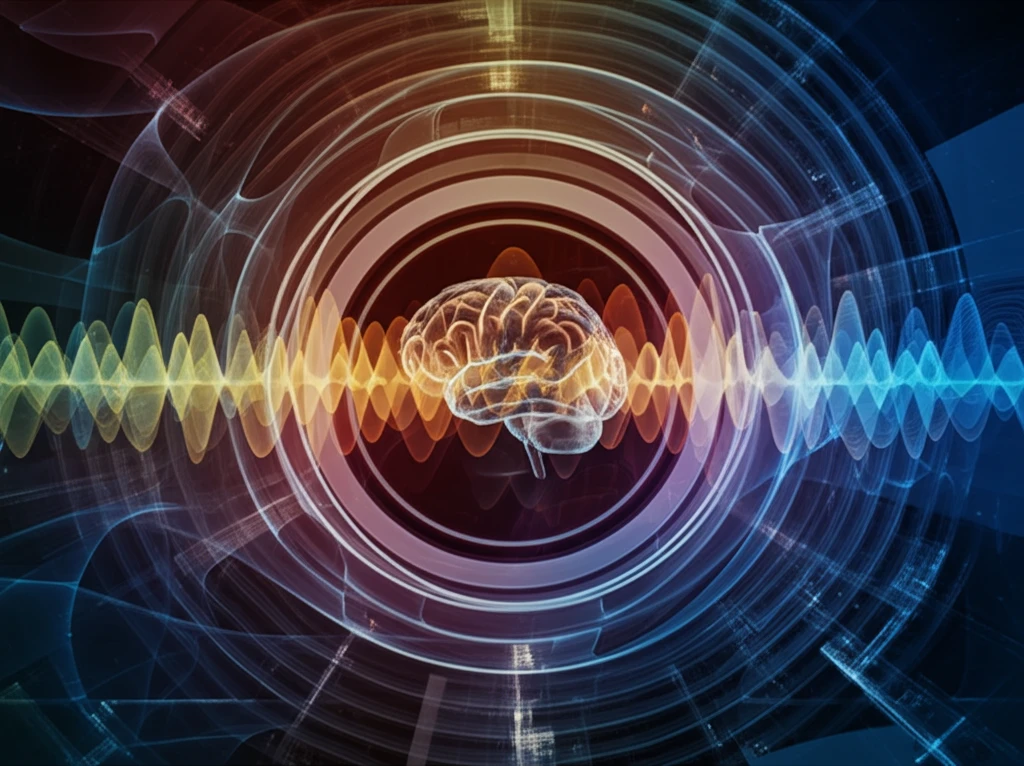
MRI Reconstruction Revolution: How GPUs are Changing Medical Imaging
"Discover how GPU-based acceleration is transforming MRI, reducing processing times and enhancing diagnostic capabilities in medical imaging."
Medical imaging has become increasingly complex, demanding faster computational procedures. Modern diagnostic and treatment protocols require swift processing, and graphics processing units (GPUs) have emerged as crucial tools. GPUs facilitate high-performance parallel computations, making them accessible and cost-effective for tackling massively parallel reconstruction problems.
The use of GPUs in reconstruction computations is particularly vital as deep learning applications in MRI reconstruction increase. This evolution is reshaping how medical professionals approach imaging challenges, enabling quicker and more accurate diagnoses.
This article explores image reconstruction schemes using GPU computing for MRI applications, providing a summary for researchers and medical professionals in the MRI community. It highlights the transformative impact of GPUs on MRI technology, setting the stage for future advancements.
Why Parallel Computing Matters: Speeding Up MRI Processing

Parallel computing has emerged as a crucial technique to enhance computer speed. By dividing large problems into smaller, manageable tasks, parallel computing allows calculations or process executions to occur simultaneously. This method significantly boosts computational performance compared to traditional sequential computing.
- Clusters Computing: Groups of computers working together as a single system.
- Massively Parallel Computing (MPPs): Systems with many processors to solve large problems concurrently.
- Grids Computing: A distributed infrastructure that coordinates resources across multiple locations.
- Graphics Processing Units (GPUs): Specialized processors for handling parallel tasks, especially in image processing.
The Future of MRI: Efficiency and Innovation
GPU-accelerated MRI reconstruction is transforming medical imaging, offering faster processing, enhanced diagnostics, and support for advanced techniques like deep learning. This evolution addresses urgent needs for quicker image reviews, enabling doctors and scientists to deliver timely and accurate patient care. The continued innovation in GPU technology promises further advancements, solidifying its role in medical imaging.
